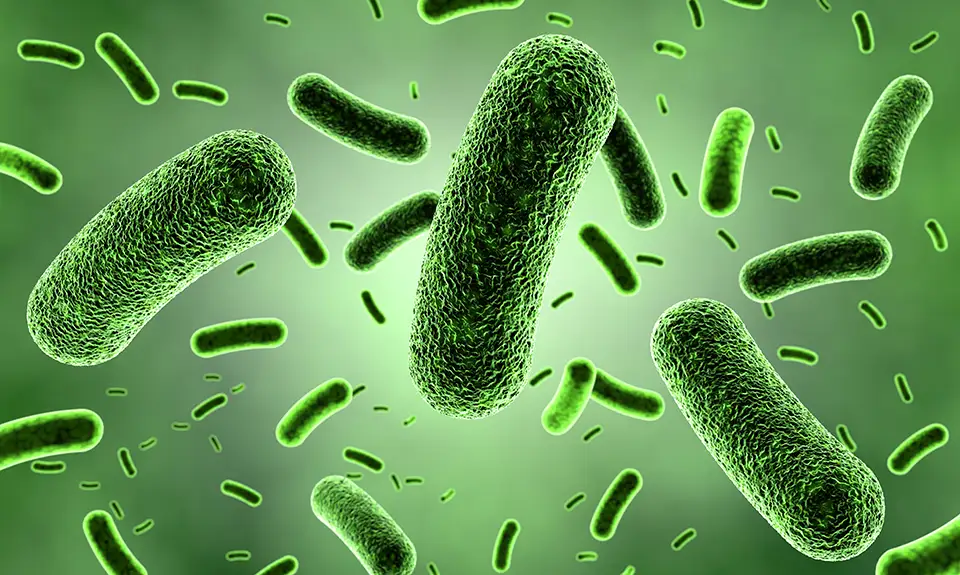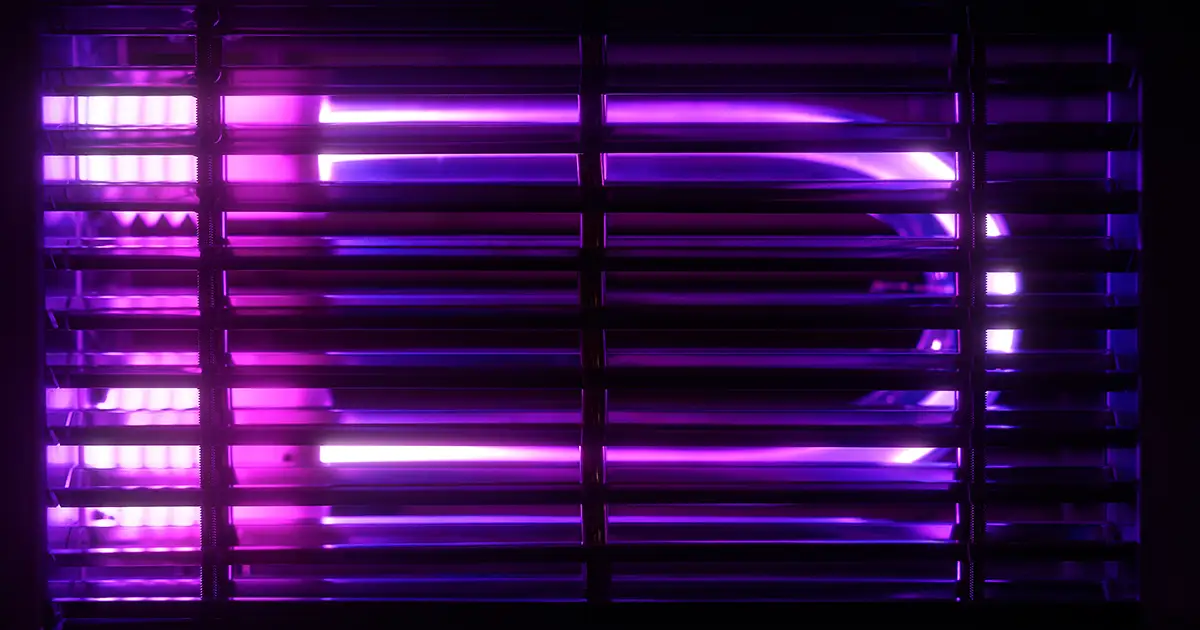During the winter months, the cold weather forces us to spend more of our time indoors. Because of this, Wright’s Air wants to impress upon our customers how essential it is to maintain a healthy indoor environment.
The close quarters of indoor living can provide an ideal breeding ground for airborne pathogens, including the flu and the notorious SARS-CoV-2 virus. But there’s good news for homeowners looking to enhance their indoor air quality – the power of UV lights.
Let’s explore how UV lights can significantly disinfect the air you breathe, helping you and your family stay healthier throughout the winter and beyond. We don’t want to bore anyone with complex science, so we’ll break it down for you in simple terms so you can make an informed decision about incorporating UV lights into your HVAC system.
UV Light: Germ-Killing Superpower
Ultraviolet (UV) light is a form of electromagnetic energy that can eliminate microorganisms like bacteria, viruses, mold, and fungi. UV light does this by disrupting the DNA and RNA, which are the genetic building blocks of all living organisms.
Imagine UV light as a superhero that targets the genetic material of microbes, causing mutations and cell death and rendering them unable to reproduce. This superhero is about to become your home’s best friend.

How UV Lights Disinfect the Air
Germicidal ultraviolet (GUV) lamps emit UV light at specific wavelengths, typically 254 nm. This wavelength is harmful to humans, so to use these lamps, they must be installed near the ceiling or inside ventilation ducts.
However, there is a safer alternative! Recent advancements in UV technology have introduced 222 nm UV light, which is safer for humans while remaining deadly for microbes. This wavelength allows for whole-room disinfection without posing a risk to your skin or eyes.
Here’s where things get interesting. While UV lights effectively kill pathogens, there’s a trade-off to consider. UVC light can set off reactions in the air. These reactions create strong oxidants like hydroxyl radicals and ozone, which can convert volatile organic compounds (VOCs) in the air into peroxides and carbonyl compounds.
You might wonder what this means for your home’s indoor air quality.
Balancing Act: Disinfection vs. Air Quality
A group of researchers ran computer simulations to understand the impact of UV light on disinfection and air quality in indoor settings. Here’s what they found:
The Good News: UV lights significantly reduce the risk of infection by airborne pathogens like SARS-CoV-2. In fact, they can be a game-changer in preventing the spread of diseases indoors.
The Catch: While UV lights help disinfect the air, they can also generate small amounts of secondary pollutants, including VOCs, ozone, and particulate matter. While not negligible, these pollutants are manageable and generally considered safe in typical indoor conditions.
So, should you install UV lights in your HVAC system? The answer depends on your specific circumstances. If you live in an area with a high risk of airborne pathogen transmission, such as a densely populated city or a region with severe flu outbreaks, the benefits of UV lights outweigh the minor impact on air quality. In such cases, UV lights can be valuable to your HVAC system.
A Healthier Home with UV Light
Incorporating UV lights into your HVAC system can be a game-changer for indoor air quality. With the power to effectively disinfect the air and protect your family from airborne pathogens, UV lights are a valuable addition to any home.
When considering UV lights for your HVAC system, give us a call at Wright’s Air. Our expert technicians can assess your specific needs and ensure the proper setup for your home. With the right technology and professional guidance, you can breathe easily, knowing your indoor air is cleaner and safer, especially during the winter months.
Don’t hesitate to explore UV light technology further and learn about its effectiveness through environmental and infection control studies. Your journey to a healthier home starts with understanding the benefits of UV light.

